Video killed the radio star – or did it? Why radio still has a part to play in marketing
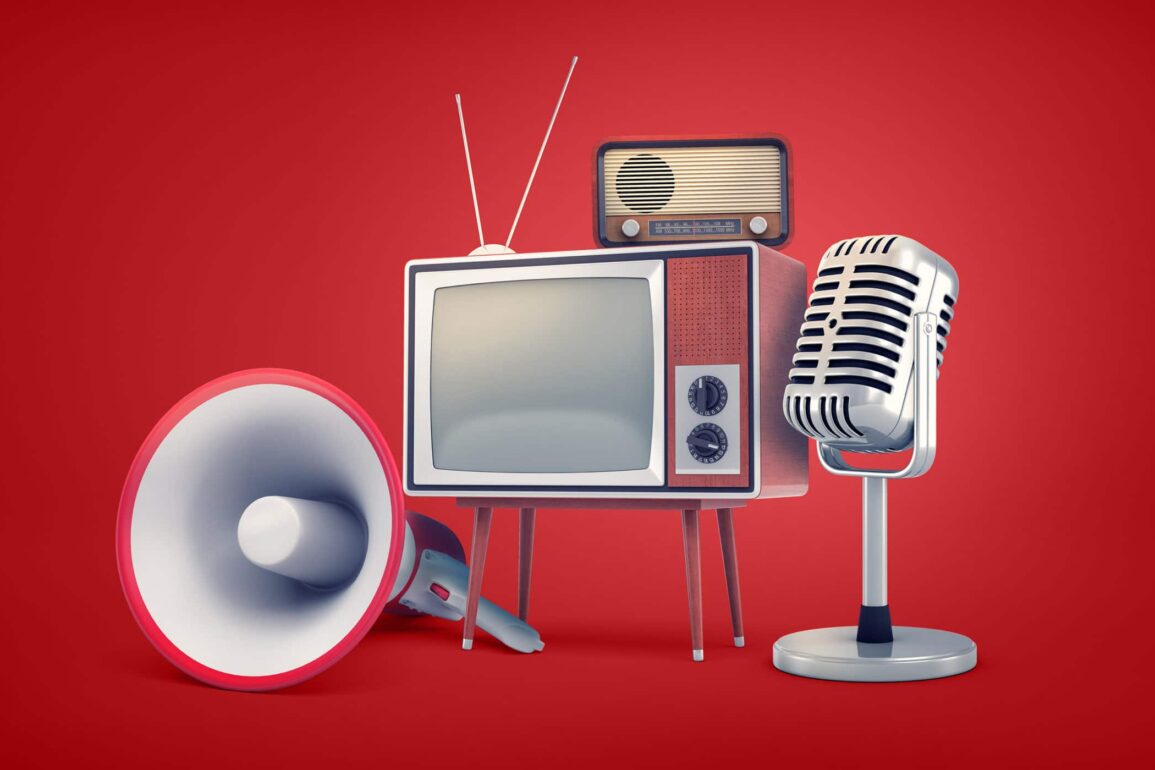
In the late 70s, The Buggles soared to stardom with the incredibly catchy song: “Video killed the radio star.”
It was a chart-topping hit and something that countless generations can still sing along to today – even 40 years after it first appeared on the airwaves. Written and produced by Trevor Horn, Bruce Woolley, and Geoff Downes in 1978, Video Killed The Radio Star was more than just a catchy tune. This musical phenomenon was a commentary on the changing state of the technology world.
Back in the 70s, people were starting to look for new methods of spreading brand awareness, beyond the basics of radio broadcasting. The golden age of radio was dwindling, and video was the exciting new thing. Everywhere, artists began to wonder whether the end of radio was really in sight.
Yet, despite all the wonders that video broadcasting had, and still has to offer, radio is still going strong today, decades after it first began. Leading research organisation, Nielsen discovered that people who hear radio commercials today have a 35% higher awareness of what happened in that ad, compared to when they see the campaign on TV.
While video has its place in the marketing world; radio isn’t something we can afford to underestimate.
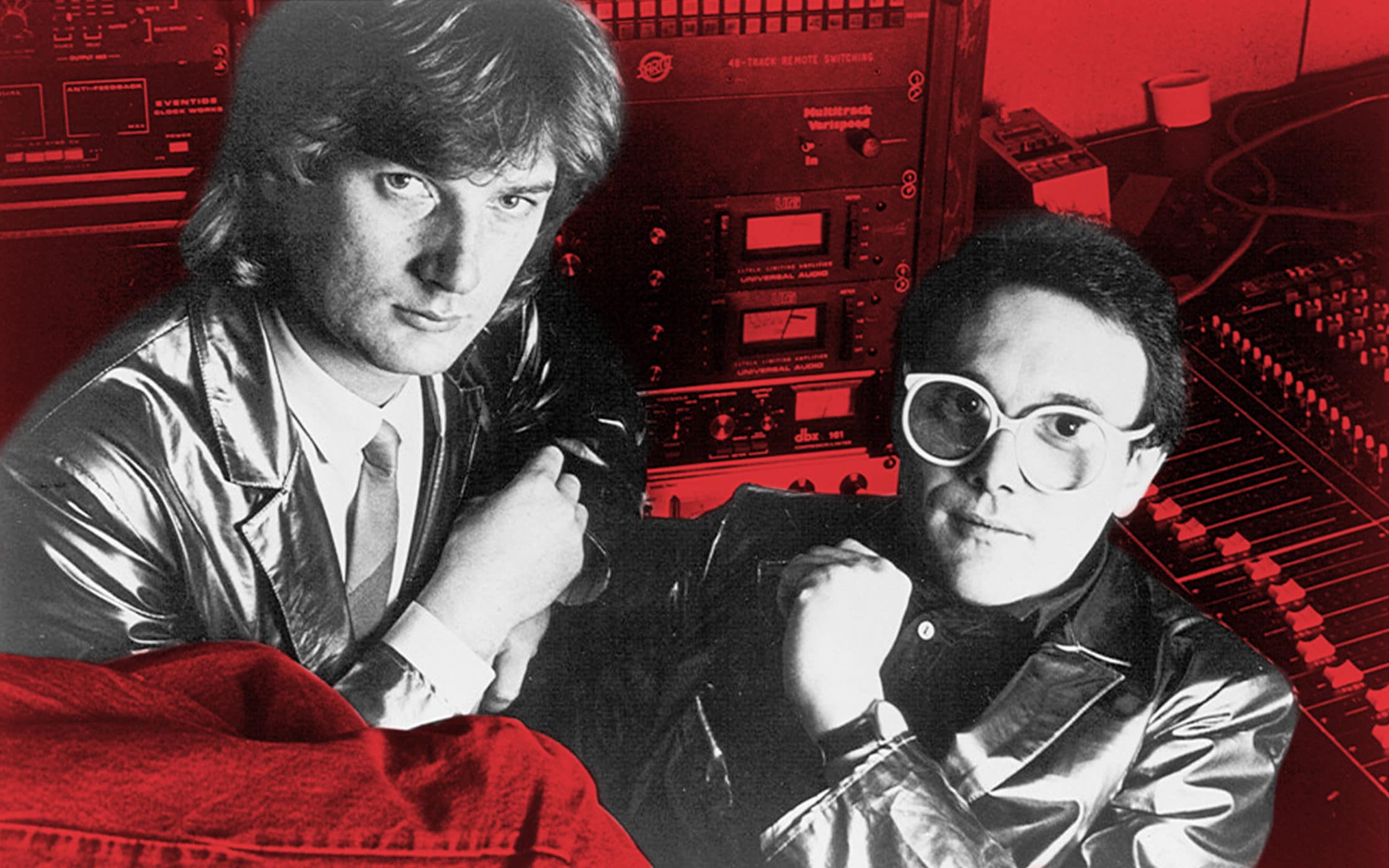
Video Killed The Radio Star meaning: What were The Buggles trying to say?
Video Killed The Radio Star officially hit the charts in 1979. It was compelling not just because of its incredible rhythm, but also because it was the first song to be played on MTV – the world’s first music video broadcasting channel.
Today, the title of the song gets around 93,000 searches a month worldwide – demonstrating its continued impact on the world. However, there are still people that are confused about the meaning of this fantastic song.
When you first listened to the Video Killed The Radio Star lyrics, you probably didn’t think much about what they were saying. You’d have been too caught up in the melody to go that in-depth. However, Trevor Horn, Bruce Woolley, and Geoff Downes were essentially saying that music listeners everywhere were about to turn their back on an entire way of life.
During the golden age of radio broadcasting, millions of people had nothing but the airwaves to turn to when they wanted to find new and exciting music. However, as television became more mainstream, and channels like MTV arrived, there was an incredible opportunity for video to really shake things up. When Video Killed The Radio Star appeared on MTV as the world’s first music video – it marked an evolution in the way that we would consume media in the years to come.
For a while, it seemed as though The Buggles had gotten their predictions right. MTV established a huge following very quickly, broadcasting artists like Van Halen, Bon Jovi, the Police and more. It was new, thrilling, and a completely different experience to radio. The result? Countless radio-only artists started shaking in their boots – unable to imagine competing in this new world.
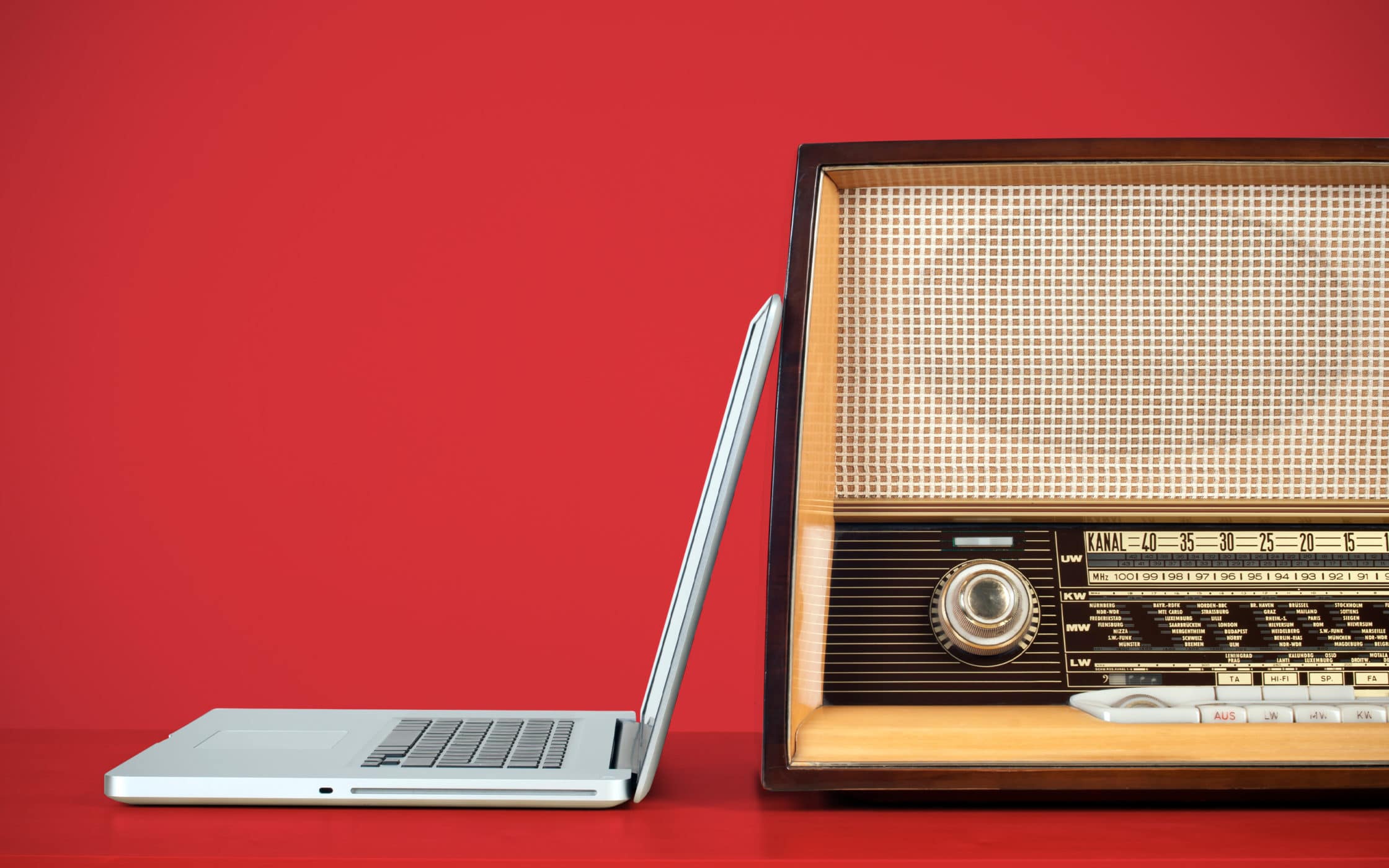
Radio as a means of mass communication: Why marketers need to tune in
So if MTV and music video channels were so exciting, why is it that we’re still listening to radio today?
At first glance, it’s safe to say that video has had an incredible impact on the world as we know it. YouTube has 1.9 billion users per month, and streaming services that we have more access to video today than we ever had before. Even with all this new opportunity in the video world, audio remains at the heart of the brand conversation for countless companies.
According to Nielsen’s second-quarter comparable metrics report in 2017, more Americans are tuning into AM/FM channels each day than any other platform. On top of that, 93% of US adults say that they listen to radio every week. That’s more than people interact with smartphones, televisions, tablets, and PCs too.
So was Video Killed The Radio Star an accurate prophecy of things to come? It certainly doesn’t seem like it. Not only is AM/FM radio the platform in the US with the greatest reach, but it has mass appeal across countless audiences and demographics around the world. Even millennials love radio.
For years, we sang along with the Video Killed The Radio Star lyrics, using them as a descriptor of the changing times. Yet, radio still reaches millions of adults per week, connecting with people from a host of backgrounds. However, there is a problem that the radio industry needs to deal with right now – and that’s lack of awareness.
People are simply forgetting that they have alternative marketing opportunities in their toolkit aside from digital content and social media. In the age of podcasting, live Instagram videos and influencer marketing, it’s easy to overlook the impact that audio media and radio can have on your target audience.
That’s one of the reasons why the Radio Centre, the trade body responsible for commercial radio management in the UK, has launched a campaign to reintroduce companies to radio as a medium of mass communication. According to the Radio Centre’s statistics, weekly commercial radio audiences in the UK have overtaken the BBC for the first time in 15 years, and the ROI of commercial radio is growing. Now is the perfect time for businesses to begin rediscovering the golden age of radio.
In the UK alone, radio still reaches 89% of adults every week – the same number of people that tuned into shows back in 1999. What’s more, 77% of 15 to 24 year old’s still listen to radio. In other words – it’s not just a medium reserved for older audiences. Radio is still a solution for companies who want to connect with the various senses of their target market.
In a world where everything is visual, audio stands out.
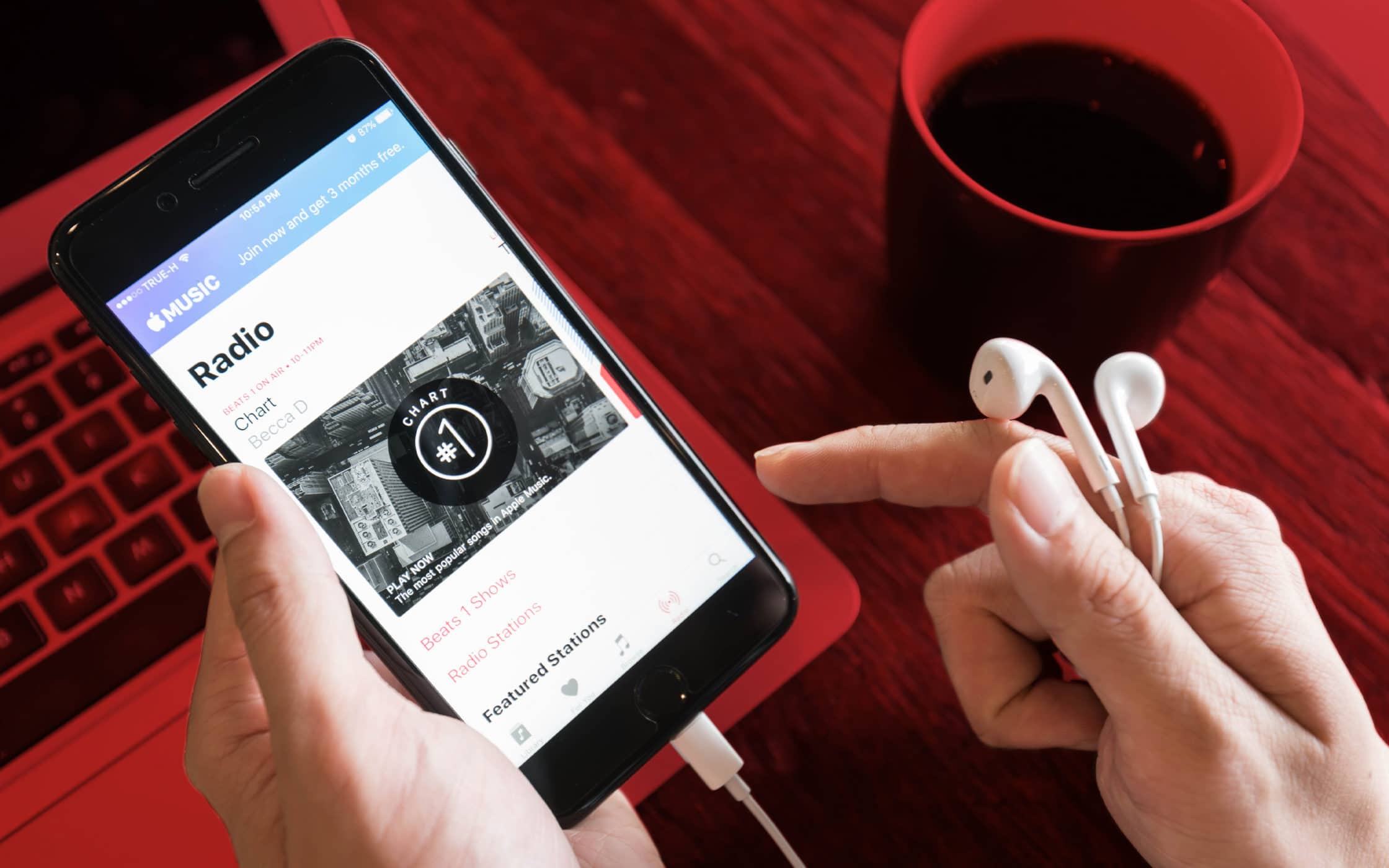
The golden age of radio: The benefits of sticking with radio
Research delivered as recently as 2018 shows that radio as a means of communication for brands is still as valuable as ever. According to Radio Centre, advertising through the radio can expand a brand’s network of associations with customers. In other words, it gives companies more opportunities to build memorable, emotional connections with their audience. What’s more, radio could have more of a significant impact for brand recognition than TV alone.
Despite the claims of The Buggles, radio advertising thrives as a consistent form of marketing, delivering meaningful broadcasts to audiences every day. People rely on radio to catch up on the news, connect with brands, and learn about their community. Despite the constant rise of digital advertising strategy, radio still has an amazing foothold in the industry.
Additionally, radio isn’t the only form of audio branding that companies can consider anymore either. There are plenty of on-demand streaming services like Pandora and Spotify to consider too. The rise of podcasts for audio storytelling shows that people still crave a different kind of connection with companies – something that goes beyond the images flickering on their TV or computer screen.
Over 54% of Americans stream online radio at least once each month, and on-demand video streams are growing in value all the time.
Here are just some of the reasons why the Video Killed The Radio Star lyrics didn’t hold true:
1. Radio broadcasting has amazing reach
According to Nielsen, radio broadcasting is still the marketing solution with the biggest reach – better than television, digital marketing, or anything else you can think of. 93% of adults in the US tune in every week, through both traditional channels and streaming solutions.
Radio offers an experience, unlike any other platform, creating unique experiences based on what customers hear and visualize rather than what they see in front of them. People can connect to radio wherever they are and whatever they’re doing – whether they’re driving to work or on the tube. The same can’t be said for video, which requires your undivided attention.
2. Radio broadcasting reaches customers more effectively
Another thing that companies didn’t consider when Video Killed The Radio Star appeared on MTV is that radio stations offer more precise audience targeting. You can pinpoint the exact segments of a population that you want to reach and make sure that you tailor your approach to suit them. It’s much harder to take this approach with video and television. Visual platforms generally cater to a much broader market.
Advertising on the radio is a great way to make your marketing strategy more cost-effective. At the same time, you get to ensure that you’re standing out from the crowd in an environment that’s far less cluttered than television or the internet. Because companies keep forgetting about traditional forms of advertising and radio as a means of communication, there’s more room for individual brands to grow. Radio only has about 10 minutes of advertising space to offer per hour, which means that you’re not competing with an endless swarm of other promotions.
3. Radio broadcasting makes an emotional impact
While any marketing medium can be made more “emotional” with the right strategy, there’s something special about radio. Social media, digital marketing, and television are all great, but they don’t give the same personality-driven experience that you get when you’re listening to the voice of a coveted shock jock, or a team that you just love to listen to.
Think about how you feel when you hear someone’s voice in person, compared to reading their messages sent via text. There isn’t the same kind of resonance. Audio is necessary to bring context and character to the messages you send to your customers. Radio broadcasting pairs a brand with a voice in a way that allows them to speak more meaningfully to their listeners.
Your customers will hear your radio broadcasts and build a mental image of your brand based on your attitude, message, and voice.
While there’s no denying the power of video and digital media, radio is a way to create a more emotional connection with your ads. Your radio advertising can even help you to connect to customers at the right time when they’re on the way to the supermarket to gather essentials, and they’re already in “buying mode.”
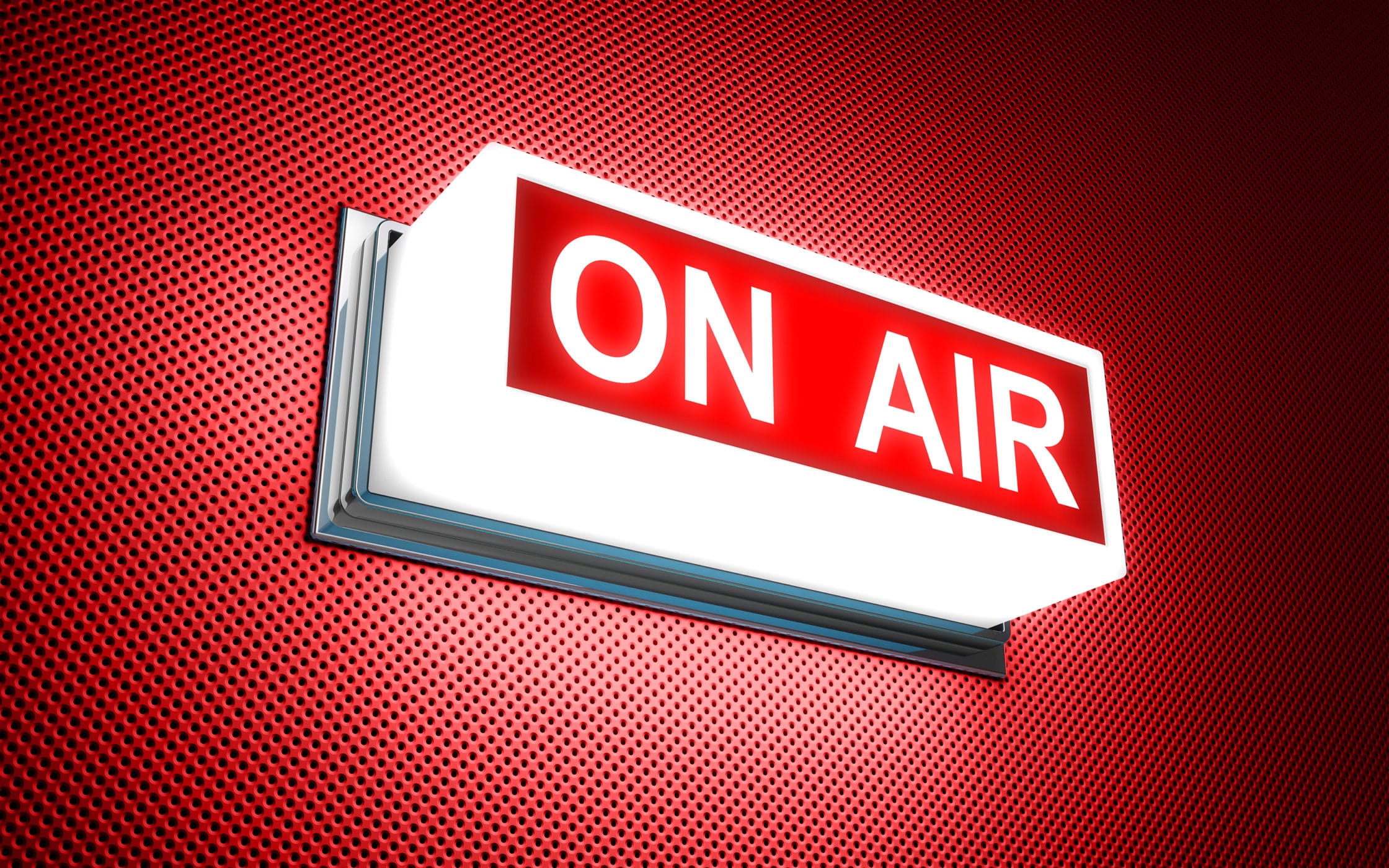
Radio and TV: The benefits of “traditional” advertising
Today’s marketers frequently overestimate the value of alternative marketing channels.
Although many companies have rushed to embrace things like live social media streaming for video, and podcasts for audio, they’ve forgotten that offline advertising still has its benefits. According to studies from Marketing Week, the fact that traditional options like radio as a means of mass communication are being overlooked presents some interesting opportunities to today’s organisations.
For instance, TV and radio advertising still plays an important role in the average consumer routine. Most people listen to around 112 minutes of radio per day; they also combine that with up to 5 hours of television a day too. Although around half of those consumers are using video streaming options like Netflix and online audio solutions like Spotify, there are still opportunities available.
To really thrive in today’s promotional world, companies need to understand how they can combine traditional advertising methods like radio and television, with the latest transformations in digital technology. Keep in mind that radio advertising returns $17 on average for every $1 put into it.
Around 60% of consumers surveyed say they’re more likely to trust television advertisements rather than online video. What’s more, MarketShare research still suggests that out of all the marketing mediums available today, TV has the highest impact when it comes to generating new sales and accounts. While radio broadcasting has the most reach, TV averages four times the sales lift compared to digital marketing. Additionally, TV and radio are the only channels that have maintained effectiveness over the last five years, whereas other trends have fizzled out.
This doesn’t necessarily mean that companies should be ignoring the rise of online solutions and digital marketing. However, just like when The Buggles first released their smash hit, it’s worth remembering that a new promotional method doesn’t mean the end of an old one. The past and the future can exist together, and that may be the best route forward for today’s companies.

Why you need radio broadcasting and television
Video didn’t kill the radio star or even change the way that we consume media on an astronomical level, and the lyrics to the song aren’t as prophetical as some people believed them to be. It just provided consumers with another way of connecting to brands. The same can be said for the rise of digital marketing and social media.
Succeeding in the current promotional market isn’t about replacing one method of marketing with another as soon as it appears. While it’s essential to be aware of the trends, what’s even more crucial is to figure out which avenues give you the best opportunity to connect with your specific target audience.
According to studies by market share, television advertising is still the megaphone solution for companies that want to share information with a broad audience as quickly as possible. Advertising efforts that include television and other forms of video continue to provide excellent success when it comes to KPIs, like new accounts and sales. On the other hand, radio also fills some critical gaps. For years, during the golden age of radio, broadcasting was our primary source of advertising and news. Today, it’s still widely regarded as a highly reliable place to consume media.
Compared to other marketing opportunities, radio can offer a host of advantages, including the ability to target a specific audience in a unique location, and the chance to harness the human imagination. When you limit your marketing message to sound, you give people a chance to get in touch with their emotions as they visualise what you’re talking about. The human memory is closely linked to sound, meaning that radio advertising can keep your brand front-of-mind for your customers.
Radio, as a medium of mass communication is also highly effective when it comes to managing time use and cost. Radio ads are easy to make, and you can broadcast them on a limited budget, without a great deal of expert help. This means that you can save a lot of money over a standard television advertisement or online video. All the while, you’re reaching a wide variety of customers who can tune into your message wherever they are. Countless people listen to the radio on their commutes to and from work, where access to digital and video media will be limited.
Is radio or video right for your brand?
Both radio and video have an important role to play in the marketing strategy of tomorrow. The idea that video killed the radio star is almost as ridiculous as saying that digital killed video. The truth is that every medium works better when it’s combined into a single solution, specifically designed for a unique target audience. Figure out what channels your customers respond best to and build a marketing strategy based on that.
For some companies, radio, podcasting, and other forms of audio marketing will be the best way to stand out from the crowd. Various reports have pointed out that audio storytelling is growing in popularity, particularly as smartphones and smart speakers take over the landscape. Radio also happens to be a format that’s very easy to understand and access. While there are still millions of people around the world that never log into social media or view videos on YouTube, even third-world countries can have access to radio.
There’s no learning curve associated with using radio as a means of communication, and it doesn’t cost anything for most audiences to start listening to their favorite channels. Even in today’s highly digital environment, the simplicity of radio may be one of the reasons why it remains to be a crucial avenue for advertising.
On the other hand, video has plenty to offer in the right marketing campaign too. It’s a great way to appeal to the people who prefer more visual content to help them learn about products and brands. Don’t restrict yourself by looking for different channels to fight for the death for a marketing monopoly. Instead, recognise the value that comes with allowing every platform to work together.
Video didn’t kill the radio star; it just gave us something new to explore.
If you enjoyed this article, you might enjoy these too:
— Exploring vintage values with Roberts Radio
— Harley Davidson: Keep your motor running











